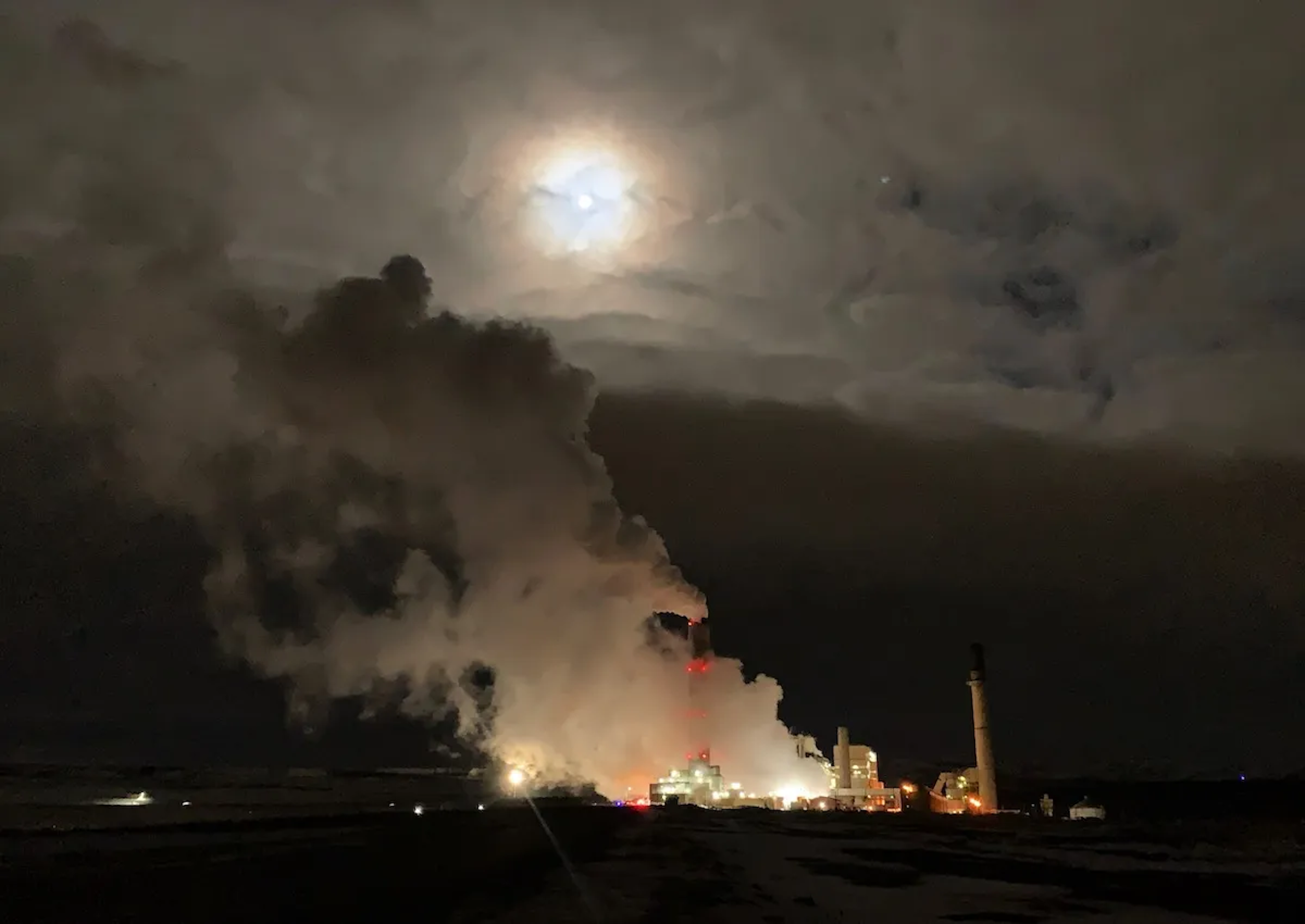
By Zak Sonntag
Casper Star-Tribune
Via- Wyoming News Exchange
CASPER — With nearly two million customers in six Western states and a total integrated system of generation and transmission that spans 10 states, PacifiCorp is the largest privately owned and operated electric grid in the Western United States.
Around 144,000 businesses and households in Wyoming rely on that grid through service from PacifiCorp subsidiary Rocky Mountain Power (RMP).
And while the Cowboy State represents a meager .072% of the overall customer base, it has an outsized presence in the utility’s portfolio: RMP’s Wyoming facilities contribute 4,626 megawatt capacity to the company’s total net-owned capacity of 10,894 megawatts — more than 42%.
For many Wyomingites, it’s a hard fact to square RMP’s effort to increase electric rates by 29%, which many say is evidence that the state is getting the short end of the utility stick.
The frustration has spawned a slew of legislative proposals to rein in the state’s biggest utility and has even caused some to call for the socialization of the company’s Wyoming assets.
“I’m not too sure that the state shouldn’t take over your business, buy you out and deliver the electricity to our people,” said Rep. Bill Allemand, addressing the company during a Public Service Commission (PSC) hearing in October. “Any extra electricity should be sold. But I think we should develop co-ops and I’m not against cutting you folks out.”
The attitude reflects a wider disenchantment with privately owned utilities around the country, some of which are currently under attack.
In Maine, for instance, residents in metropolitan areas have put up a ballot initiative that could rescind monopoly privileges of two private utilities and transfer them to a nonprofit authority — a move reminiscent of the 2005 municipal takeover by Winter Park, Florida, which made a private utility public.
But what works in one part of the country may not work in another.
Boulder, Colorado, as an example, in 2020 threw in the towel on a years-long effort to de-privatize its major provider.
And while there are some examples of municipal buyouts, state level takeovers have little precedent. The notion is especially uncanny in a pro-business state like Wyoming.
But is it feasible? How much would it cost to buy out RMP? And would it be worth it?
Utility experts don’t think the idea will gain much traction — beginning with the fact that it’s hard to buy something that isn’t for sale.
“Wyoming does export a lot of energy, but the generating assets are owned by a private corporation. And I can’t imagine a scenario where the company would be willing to sell its assets,” said Dave Eskelsen, Spokesman for PaciCorp, who explained that Wyoming would need to negotiate not just with RMP but with other interests, too, like Idaho Power, which owns a third of the Jim Bridger generation and transmission facilities.
Beyond the companies stated asset value with the Wyoming State Tax Commission, a buyout price would also include considerations of future earnings potential along with existing debt, meaning the total price is likely to be much higher–and some utility experts believe the public would lose its appetite for a buyout when the actual cost was clear.
“It would be vastly expensive. The state of Wyoming would have to come up with its own source of funding. Let’s assume that’s in the high billions of dollars,” said Anthony Ornelas, of the Office of Consumer Advocate, an independent oversight agency that helps regulate utilities in Wyoming.
Ornelas said the state would also incur expenses related to training a specialized workforce, building and maintaining additional infrastructure, as well as assuming the growing liability associated with operating utilities — most ominously those cropping up from wildfire risk; this year PacifiCorp was found liable for damages related to a 2018 Oregon wildfire. That case “has reached multi billions of dollars’ worth of damages and there’s a whole bunch more that could be coming because this has turned into a class action suit,” Ornelas said.
“So I would have concerns for the state of Wyoming if we decided to isolate and make it a state run utility,” he said.
Ornelas also worries the state could lose the advantage of an economy of scale, and specifically the resource and load diversity offered by the partner state arrangement.
“Pick a day in July when we’re hitting a new heatwave, and we have 100 plus degrees. We’re going to be calling on a substantial amount of energy and power to run our air conditioners. If the Pacific Northwest is not experiencing that same heat wave, they don’t have the same demands, so we can essentially lean on them” and their relative surplus.
“On its face, I understand the appeal…if we ring fence Wyoming and just serve all of our needs simply using the natural gas or coal assets that we love, and not have to worry about things that maybe aren’t politically appetizing, such as renewables, or whatever the reason. But I just don’t see that as a real viable option,” said Ornelas.





